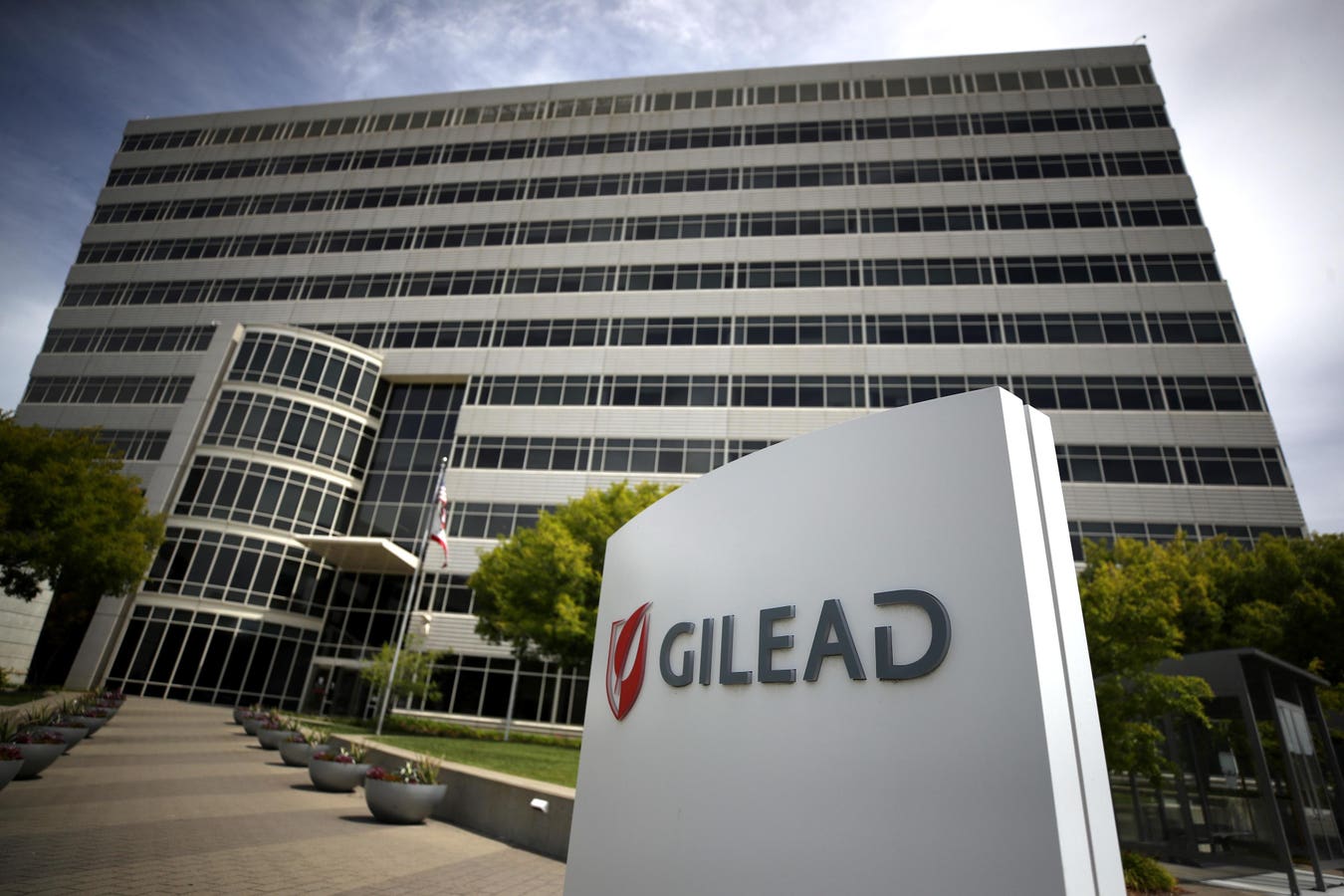Like most pharmaceutical companies, Gilead Sciences Inc. devotes a huge amount of time and money to making sure its products are safe for patients. The U.S. Food and Drug Administration approved its drugs to fight HIV, and these medications have worked remarkably well. It then developed the next generation of HIV medications, and those too have worked well. For that, Gilead is being rewarded with lawsuits—lots of them.
Earlier this year, California’s First District Court of Appeal ruled that lawsuits brought by about 24,000 plaintiffs who say they took Gilead’s initial medications can move forward. They allege Gilead can be liable to them—not because those medications were defective at all—but because they claim Gilead did not develop and market its next-generation drugs as quickly as they would have liked.
By this logic, any business that makes a new life-saving product—from a coronary stent to a fire retardant—could be sued for having failed to invent it faster, including when due diligence is important to making sure it works properly. In Gilead’s case, the drugs had to go through several years of clinical testing and get FDA approval before they could be marketed.
This reasoning is not just bizarre but dangerous. If successful, the lawsuit could discourage scientists and product developers at all sorts of companies—from startups to drugmakers to industrial manufacturers—from trying to create safer, more effective products.
The litigation involves the HIV treatment known as tenofovir disoproxil fumarate, or TDF. Gilead’s TDF medication was initially approved by the FDA in 2001 and is still available today. The drug isn’t a cure. But it does strengthen the immune system by reducing the amount of HIV in the body. That makes patients less susceptible to cancers and other diseases.
As its FDA-approved label discloses, TDF can cause side effects for some patients, who may experience weight loss, muscle aches, kidney problems, and reduced bone strength. So Gilead and other manufacturers sought additional options for patients.
Gilead began to develop a new medication called tenofovir alafenamide fumarate, or TAF. In 2011, Gilead President John Milligan referred to TAF as a possible “kinder, gentler” tenofovir, because early studies suggested that it could be taken in smaller doses with fewer side effects. After extensive additional research and clinical testing, TAF was approved by the FDA in 2015.
The lawsuits allege that Gilead knew TAF worked as well as TDF and had fewer side effects back in 2004—and that it should have done more to bring TAF-based medications to market sooner. In the meantime, Gilead focused on developing various versions of TDF, including a single-tablet regimen that FDA called a “watershed in HIV treatment.”
This argument turns product liability law on its head. The lawsuits fully admit that the TDF medications they took worked as the labeling said they would. Instead, they allege that Gilead harmed them by not getting TAF, which could have fewer side effects, onto the market quicker.
An enormous amount of research and testing is required before a drug can be deemed safe for public consumption. Indeed, the FDA requires multiple rounds of clinical trials and regulatory review of everything from a drug candidate’s label to the places where it will be manufactured before it will consider approval.
It generally takes more than a decade to guide a promising new drug from discovery through clinical trials. Moreover, it costs an average of $2.6 billion to develop a single new drug. Less than 12% of candidates that make it as far as Phase 1 clinical trials go on to win FDA approval.
Consider TDF’s journey to approval by the Food and Drug Administration in 2001. Its development actually goes back 15 years earlier, to 1986, when a Czechoslovakian lab patented tenofovir. Gilead signed a deal with that lab in 1991 to further advance and market the drug. It took another decade of research and development, and a lot of testing, to finally secure FDA approval.
There’s no reason to think that the path of even a “kinder, gentler” tenofovir would have been any easier.
Companies already know they could end up on the wrong side of a legal judgment if someone who uses their product is injured—or even worse, dies—and they are found to have failed to test that product adequately.
The California Supreme Court has the opportunity to intercede. It should do so. If these cases are allowed to go forward, then companies could risk being penalized for being too cautious, at least in the eyes of a judge or jury looking at decisions in hindsight. What seemed just right at the time could be seen as too fast or too slow years later.
It’s a “heads I win, tails you lose” scenario. Many businesses—especially those that develop drugs—will decide they don’t want to innovate or play. Once they have the first drug on the market, they will stop looking into next-generation medications. That would be a tragedy for patients and the future of medical innovation.
Read the full article here





